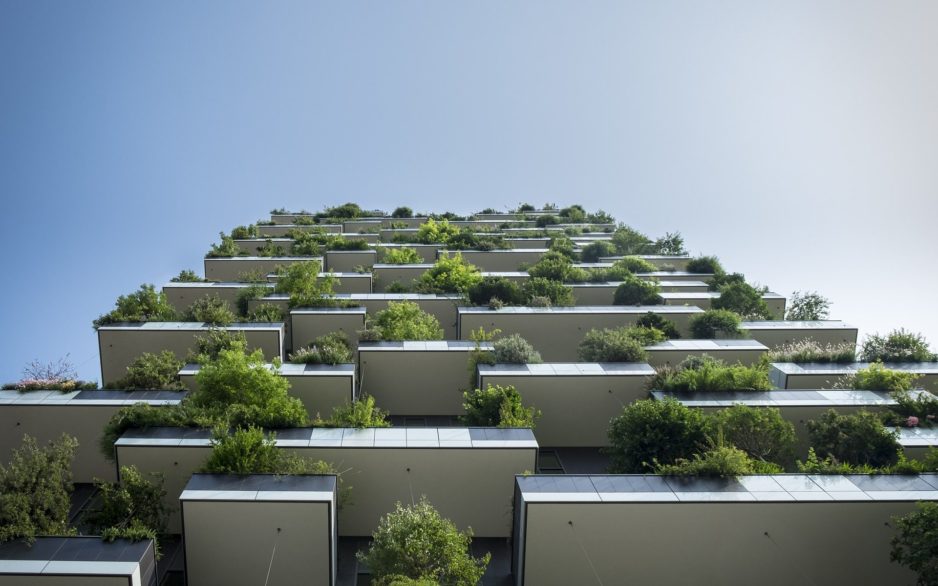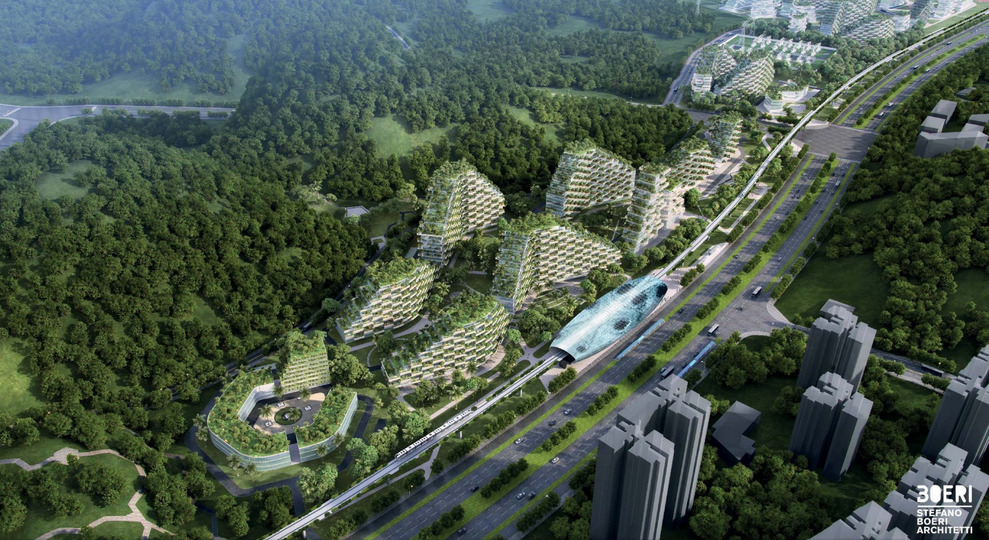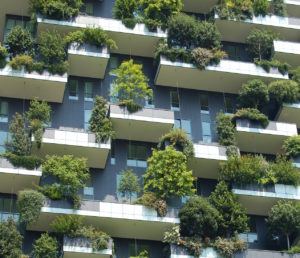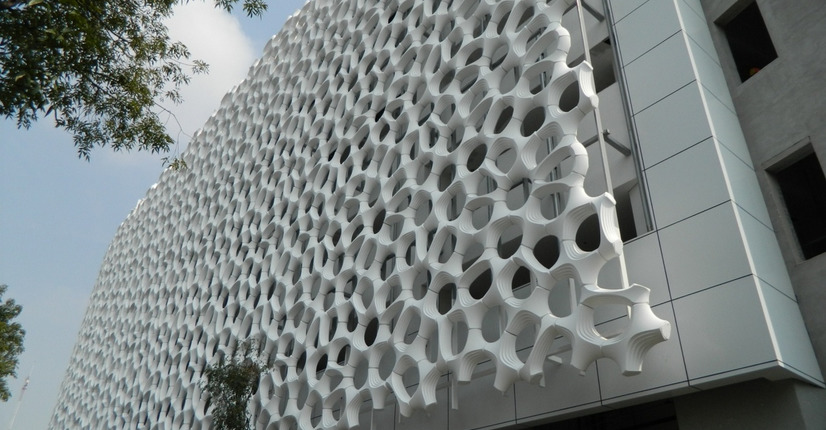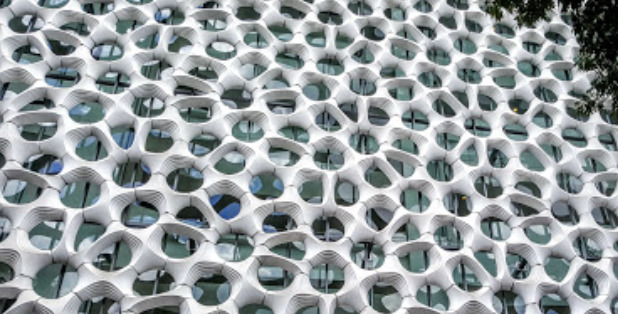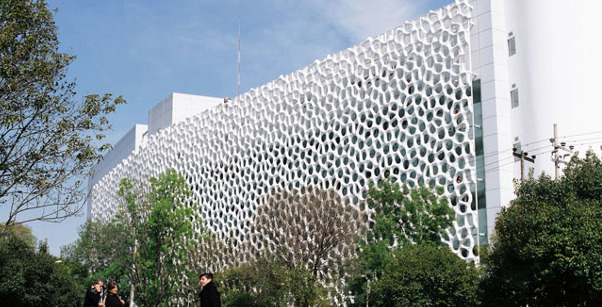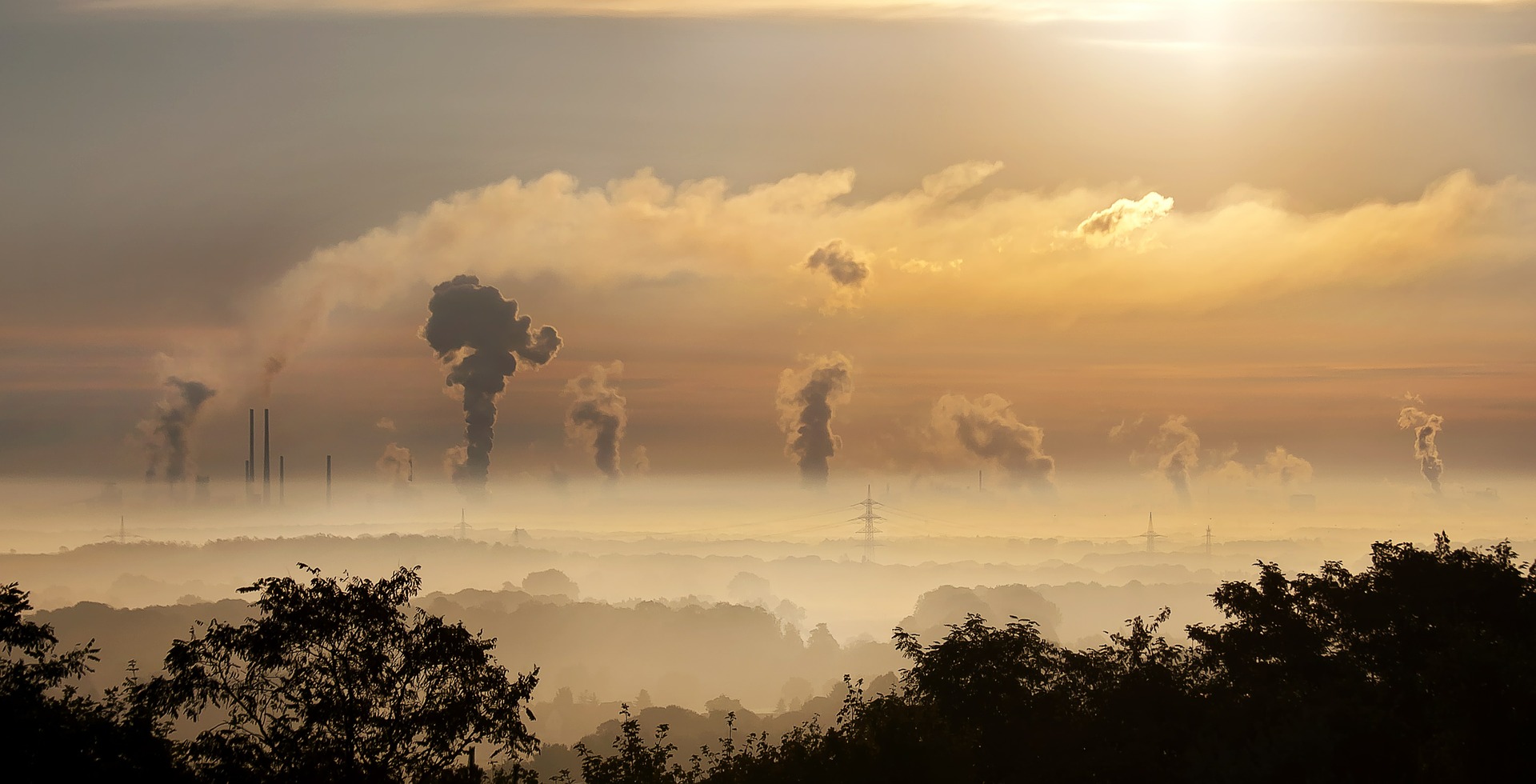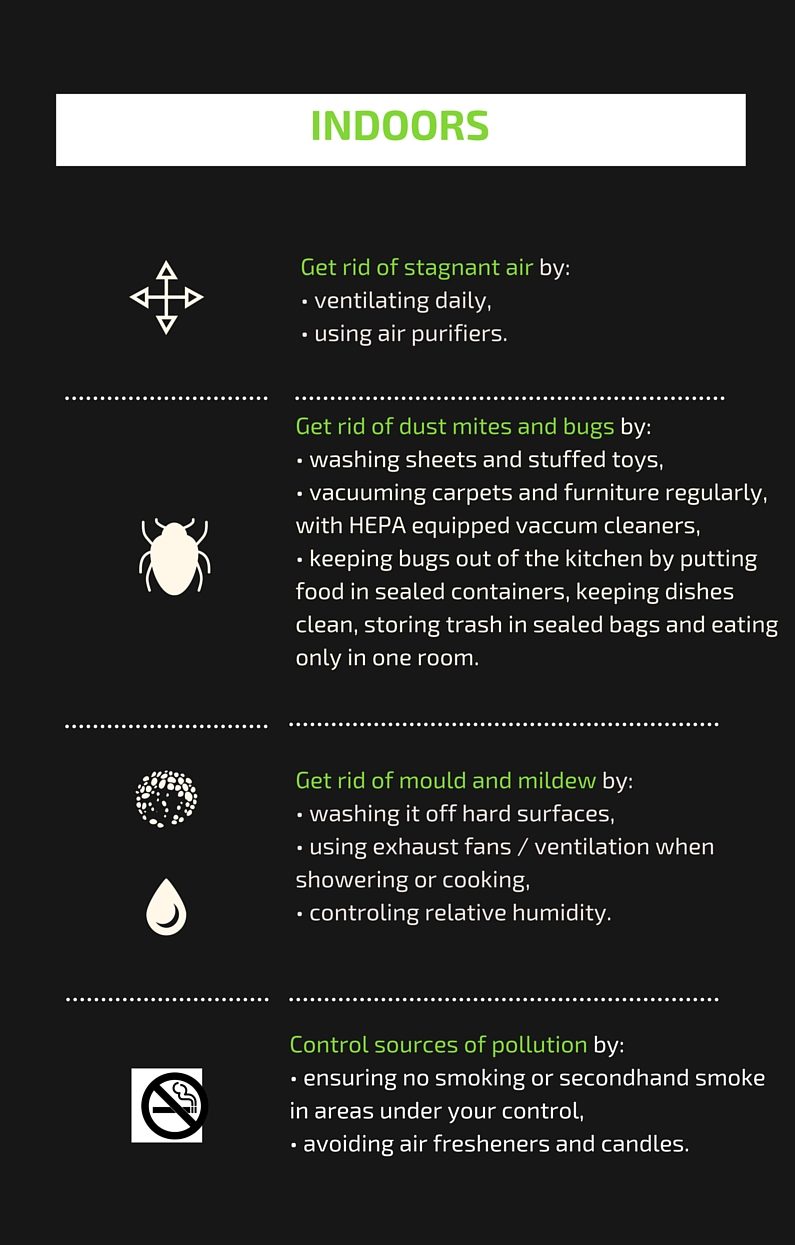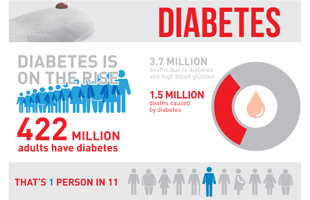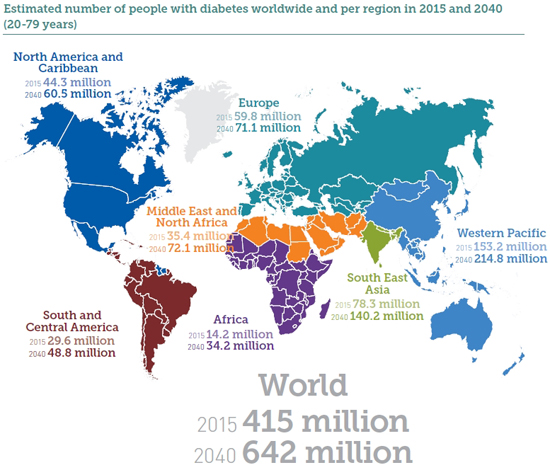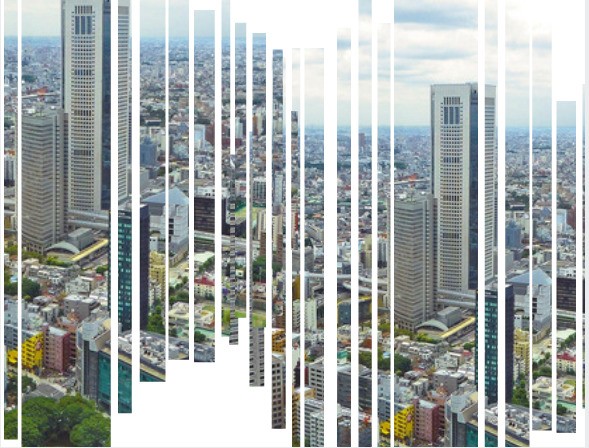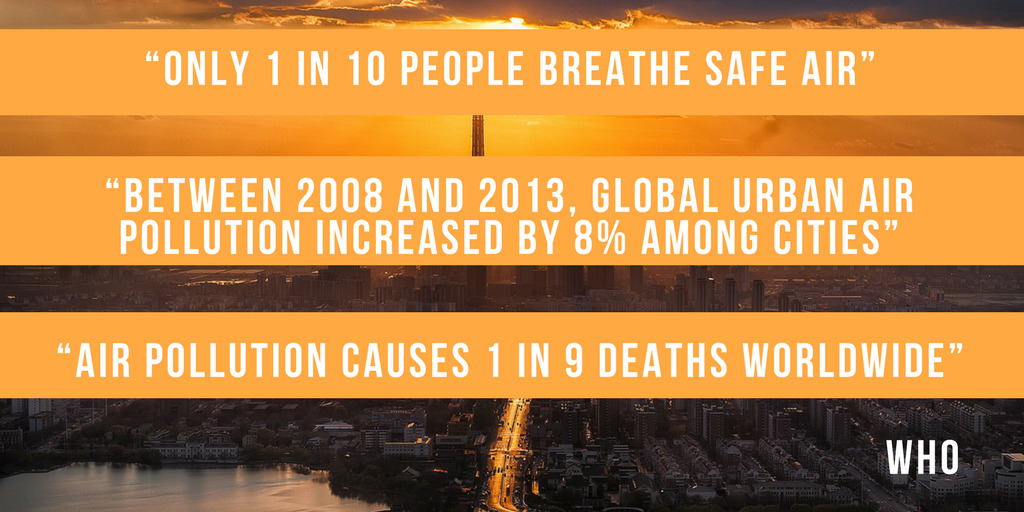Sleep is not the first thought we have when thinking about the effects of air pollution.
A study conducted by Dr. Martha E. Billings, assistant professor of medicine at the University of Washington was presented in May at the American Thoracic Society International Conference. The study shows that air pollution affects sleep quality.
“Prior studies have shown that air pollution impacts heart health and affects breathing and lung function, but less is known about whether air pollution affects sleep,” said lead author Martha E. Billings “We thought an effect was likely given that air pollution causes upper airway irritation, swelling and congestion, and may also affect the central nervous system and brain areas that control breathing patterns and sleep.”
The study conducted showed that both PM2.5 and nitrogen dioxide are linked with poor sleep quality. The higher PM2.5 concentration leads to 50% odds of having poor sleep. Similarly, high levels of nitrogen dioxide increased by 60% the chances of experiencing poor sleep.
Exactly why, is yet to be studied, but air pollution irritates nose, sinuses and back of throat which affects breathing and ultimately may have an impact on sleep quality. Also, air pollutants can enter the blood and can potentially have an effect on the brain and its breathing regulation capacities, therefore disrupting sleep.
“These new findings indicate the possibility that commonly experienced levels of air pollution not only affect heart and lung disease, but also sleep quality. Improving air quality may be one way to enhance sleep health and perhaps reduce health disparities,” Dr. Billings said
Sleep problems are common everywhere and on the increase. The use of multiple aids to sleep is increasing. This study shows how important it is to look at our environment, know the quality of our indoor and outdoor air and take measures to improve it. Improving air quality in our indoor space may go a long way in helping us having better sleep quality!
Monitor air quality!
Sources:
Neuroscience News
AMERICAN THORACIC SOCIETY – Air Pollution May Disrupt Sleep
Newsweek – Trouble Sleeping? Air Pollution May Be to Blame, Study Says
The Guardian – Air pollution linked to poor sleep, study finds






